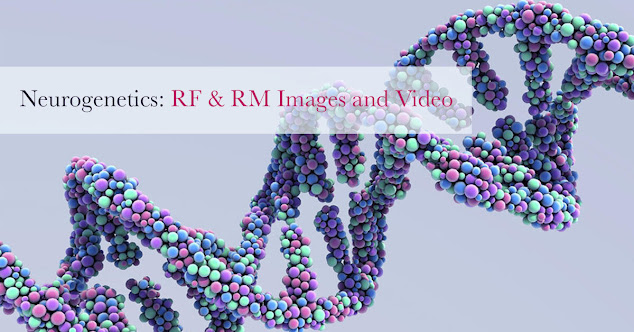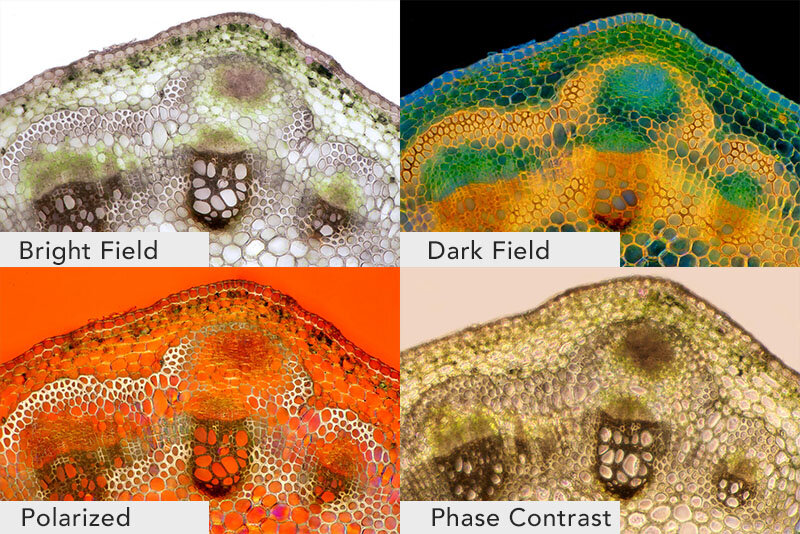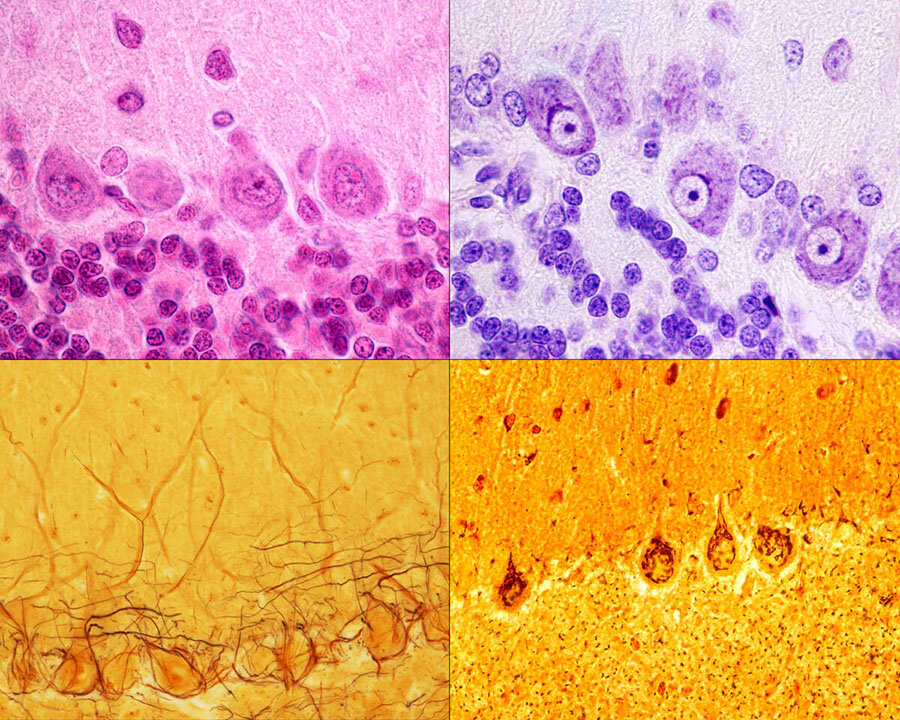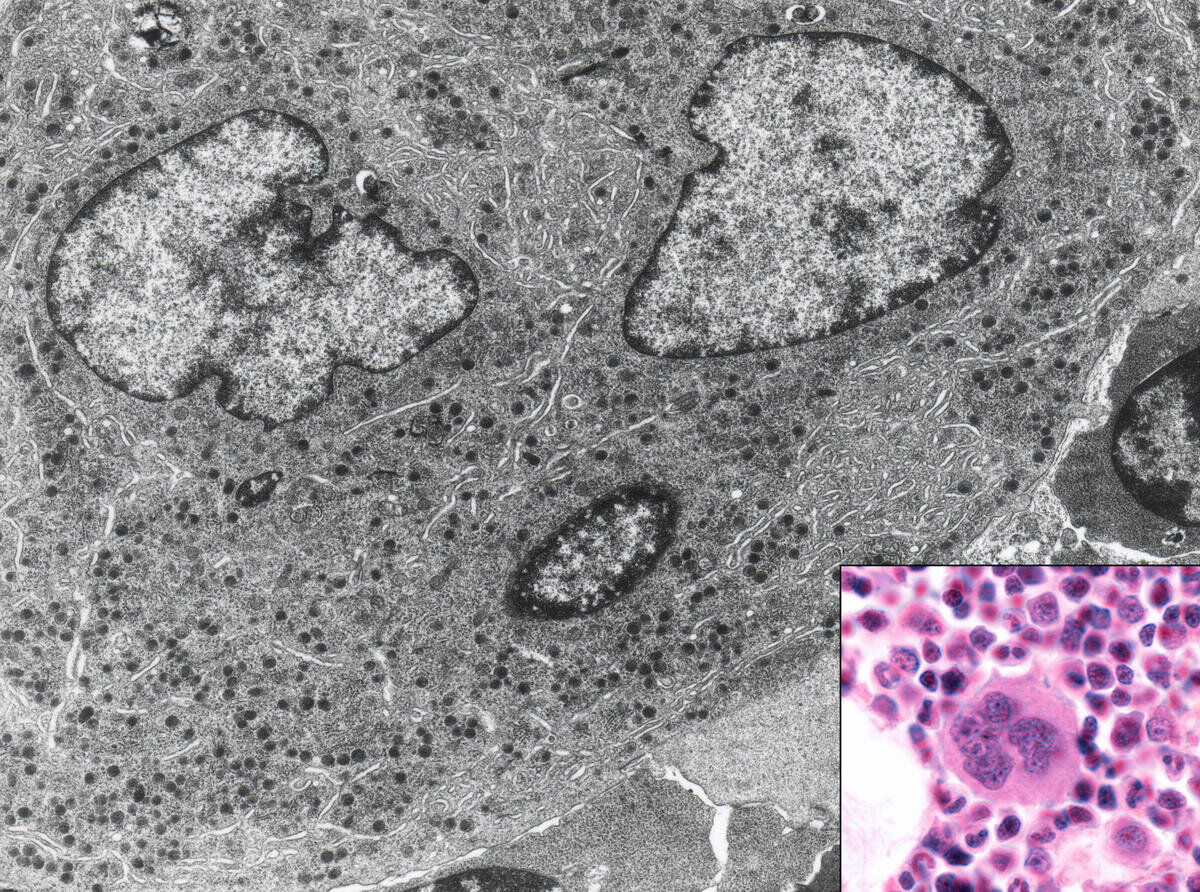The entire world has become more familiar with micrographs in the past 18 months, although you may not have realized it. During the pandemic, detailed photographs of the coronavirus appeared in newspapers, television, and everywhere online. They were taken by a particular device called a scanning electron microscope. The images are often referred to as SEMs for short.
As the name implies, the microscope uses a particle beam to detect electrons off the surface of specimens, which is then placed in a vacuum to create sharp images. Magnification ranges from 20x to 30,000x, spatial resolution of 50 -100nm.
Micrographs allow us to see critical details that may be useful in curing diseases, and they shows us the hidden beauty of everyday objects.
A fine art print, a fun t-shirt, mug, or jigsaw puzzle of a micrograph will make a bold impression on anyone. Resembling abstract art, they’re great for people in the sciences, medicine, research, or just someone who enjoys nature. Discover what micrograph gifts you can make!
Peruse these fascinating images at our Fine Art America shop to start creating amazing micrograph gifts!



























